Best Treadmill for Bad Knees in 2023
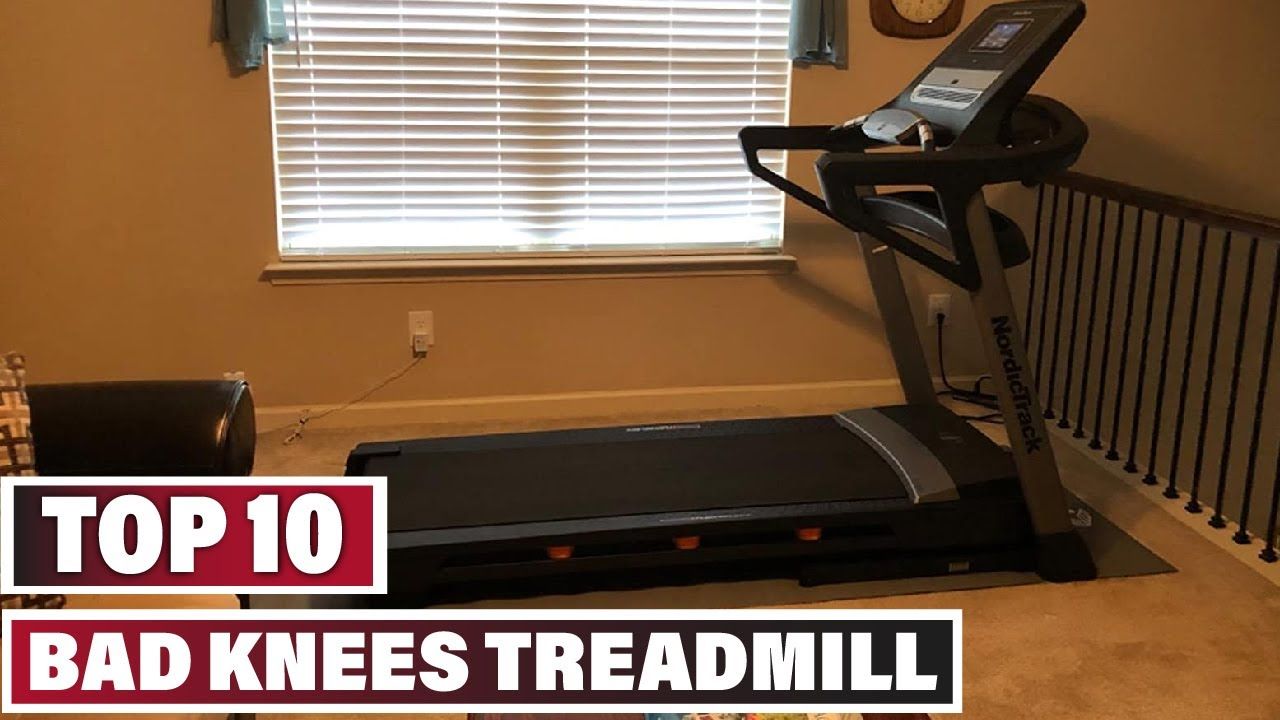
Have you been searching for a treadmill that is gentle on your knees? Look no further!
In this article, we will explore the top treadmill options specifically designed for individuals with bad knees. Whether you suffer from knee pain or simply want to protect your joints during your workout, we have got you covered.
Get ready to discover the best treadmills that will help you reach your fitness goals without compromising your knee health. Say goodbye to discomfort and hello to a pain-free workout session!
TOP 10 Threadmill for Bad Knees in 2023
Top 10 Treadmill for Bad Knee List :
1 . Nordic Track T 6.5 Si Treadmill

2 . Bowflex Tread Climber TC20
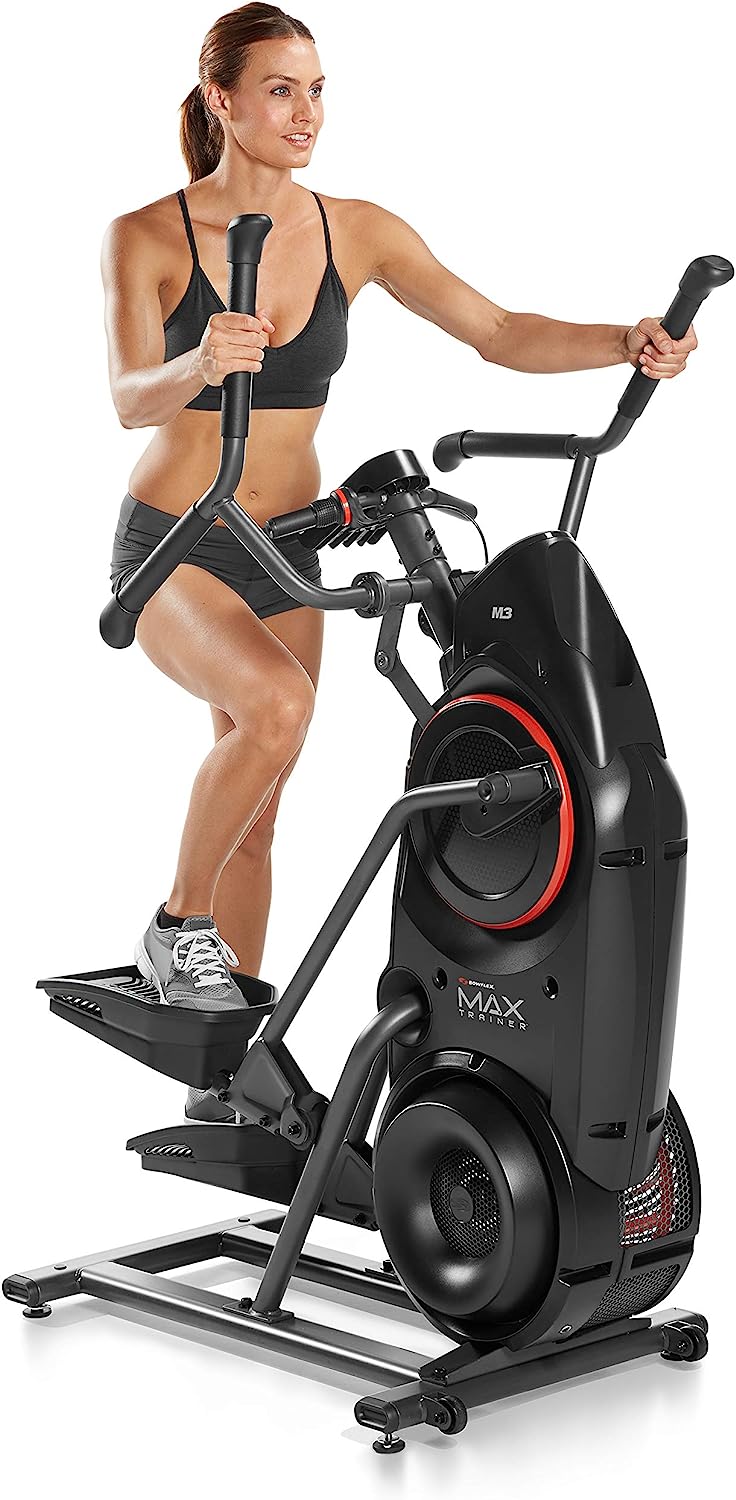
3 . Sunny Health And Fitness Walking Treadmill
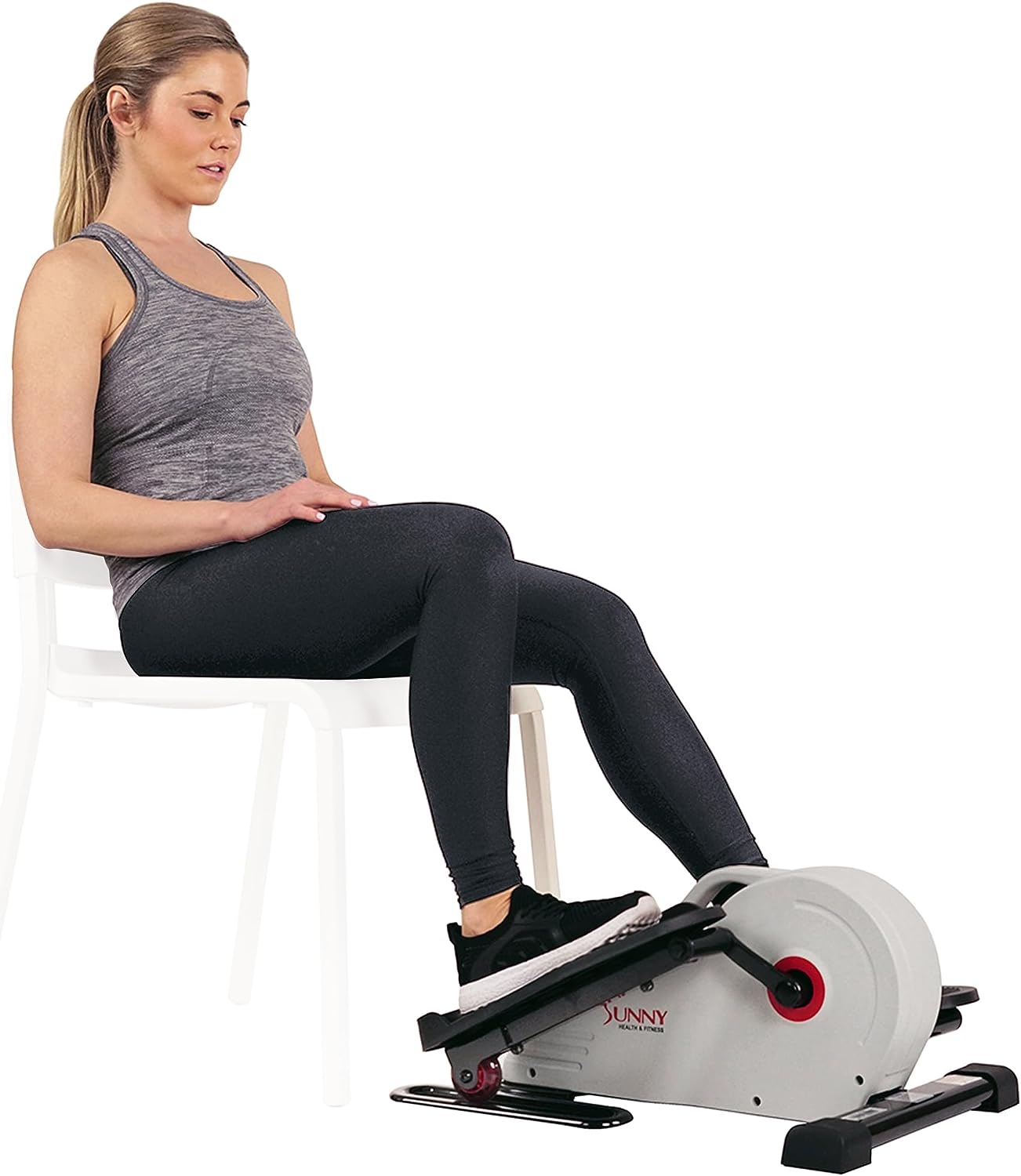
4 . Proform Performance 300i Treadmill
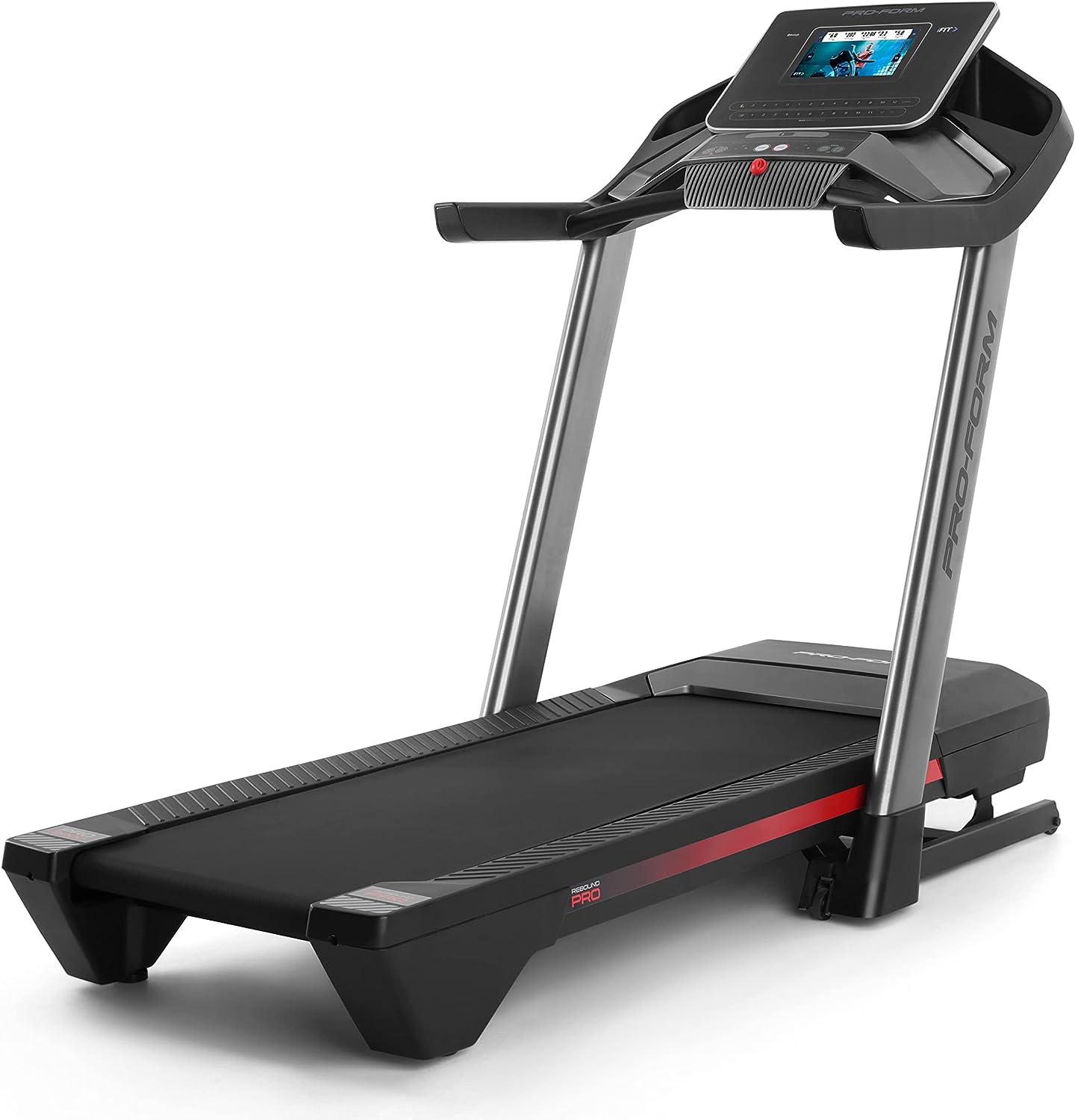
5 . Lifespan Fitness TR3000i Treadmill
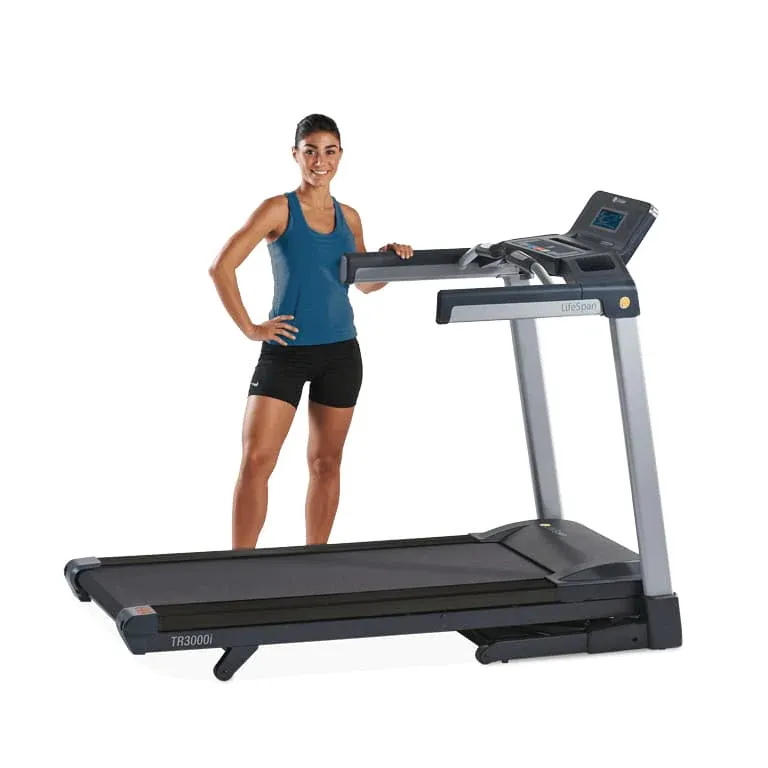
6 . Sole Fitness F80 Treadmill
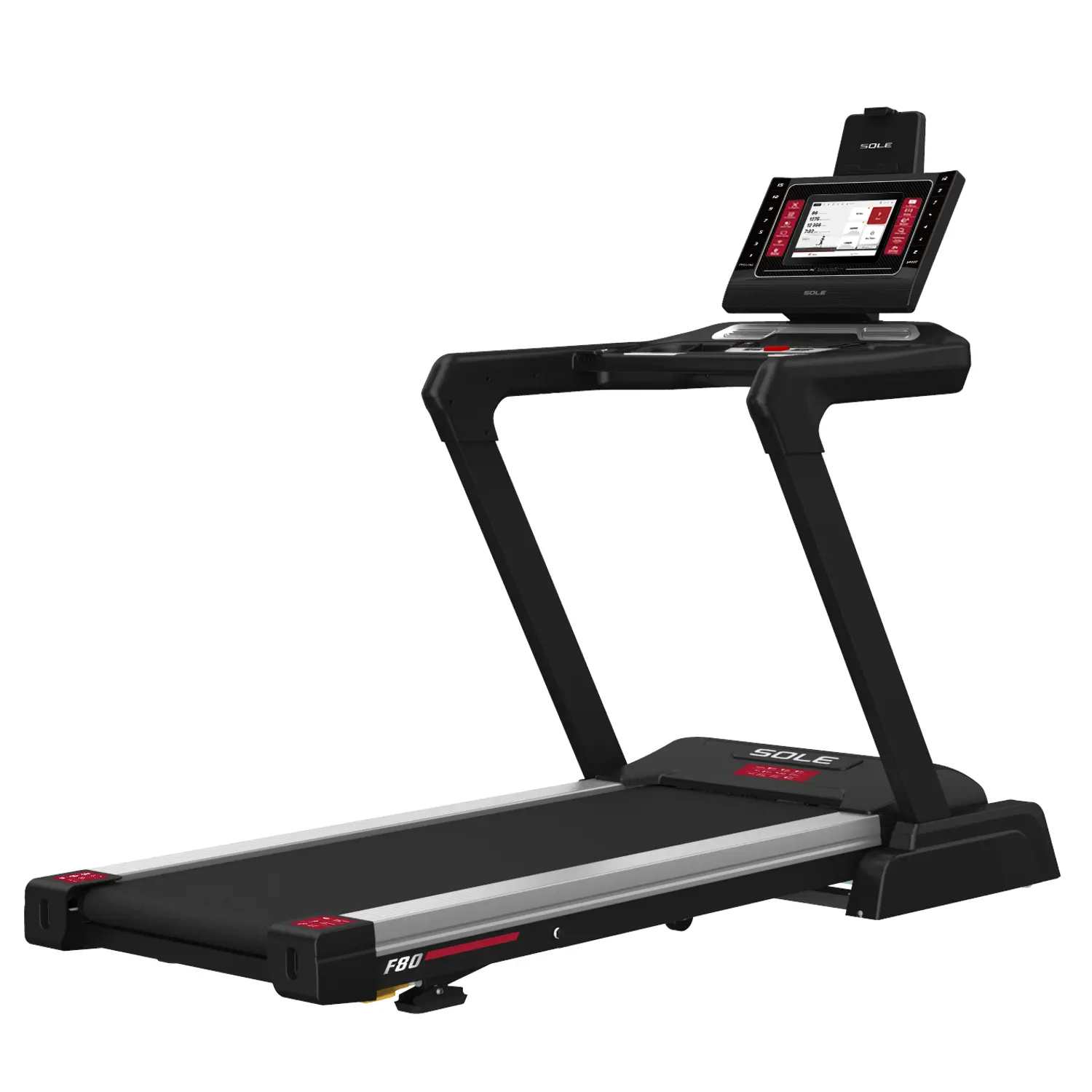
7 . Horizon Fit T202 Treadmill

8 . Horizon Fitness T101
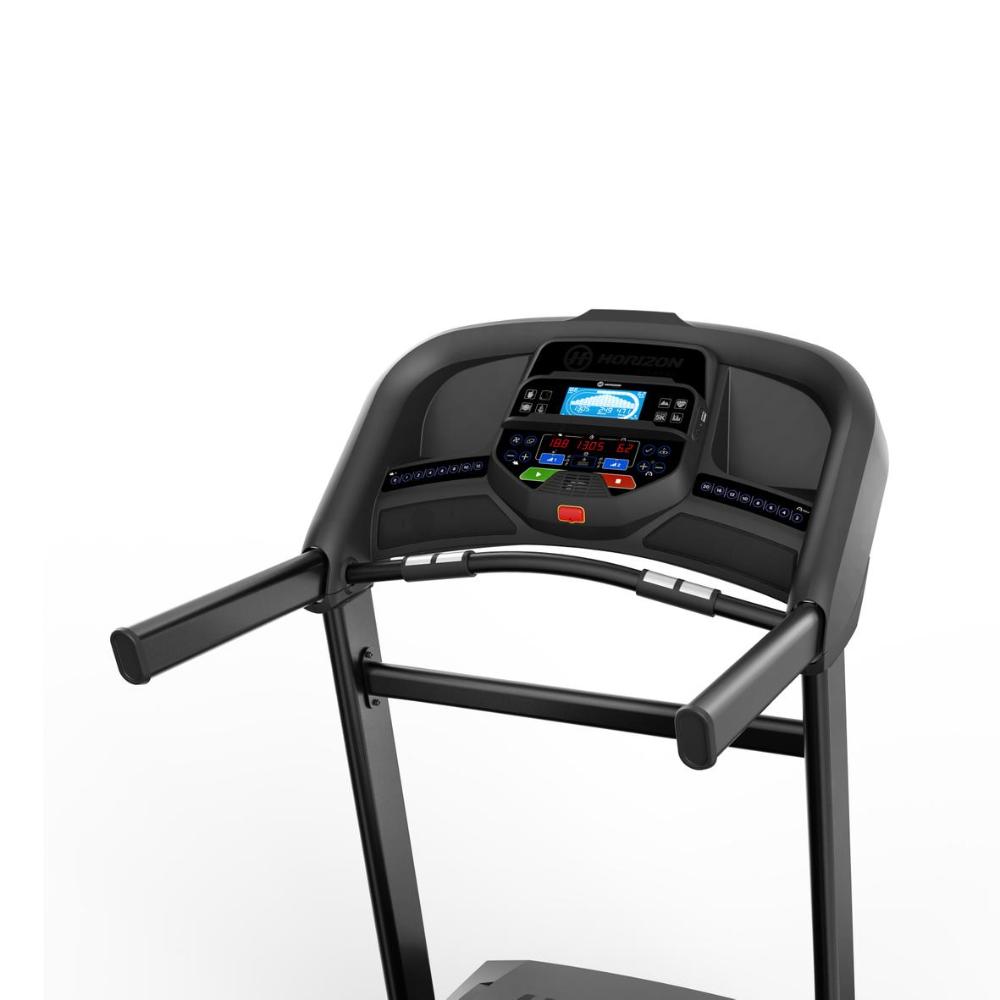
9 . Exerpeutic TF900 Electrical Treadmill
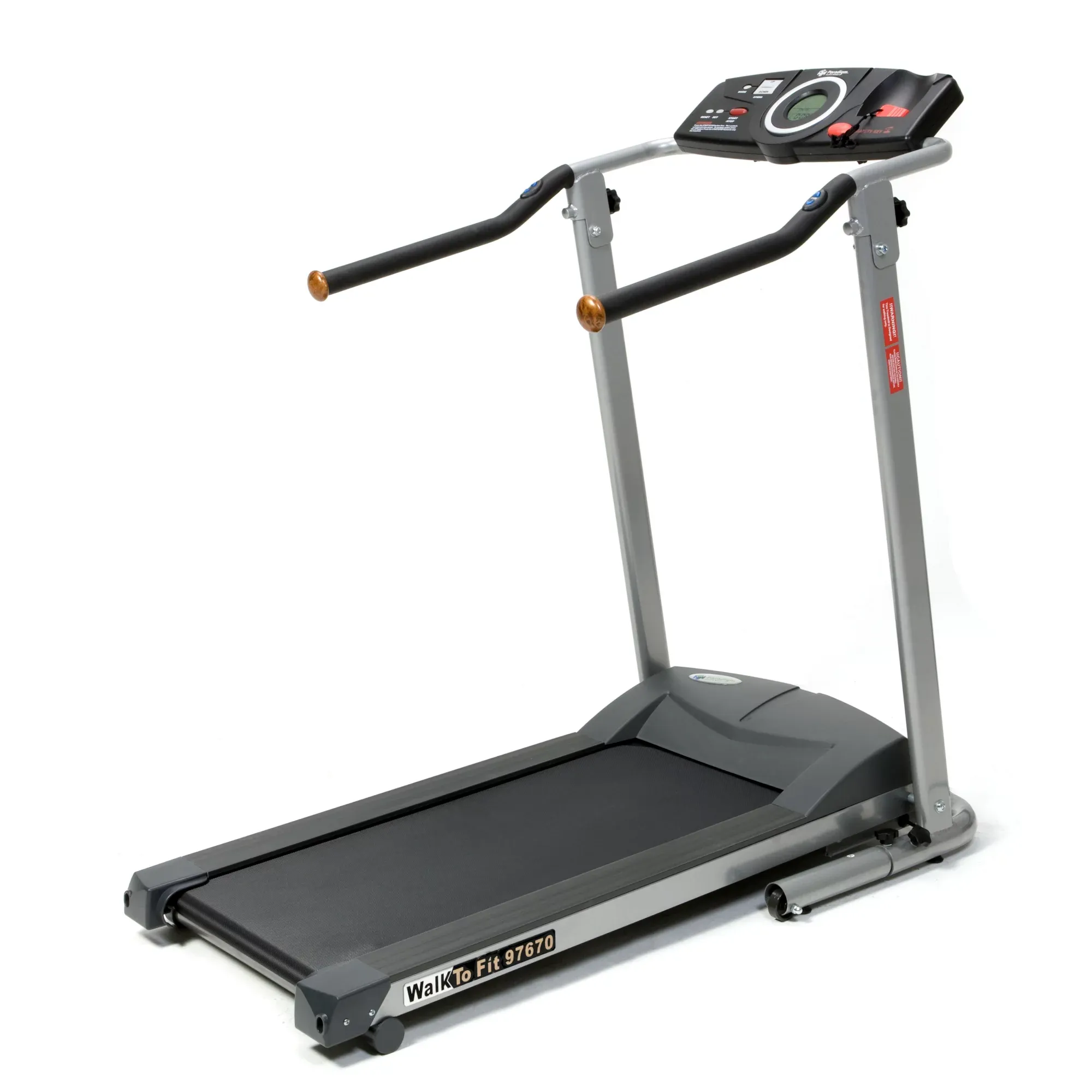
10 . Smooth Fitness 5.25 Folding Treadmill
Understanding the Importance of Selecting the Right Treadmill
When it comes to taking care of your knees, selecting the right treadmill is incredibly important. The wrong treadmill can exacerbate knee pain and discomfort, while the right treadmill can provide the support and cushioning necessary to minimize impact on your knees. So why does the right treadmill matter so much for bad knees? Let's explore the key factors to consider when buying a treadmill specifically for individuals with bad knees.
Why the right treadmill matters for bad knees
Having bad knees can be a real challenge, but it doesn't mean that you have to give up on exercising altogether. In fact, maintaining an active lifestyle can actually help improve your knee health in the long run. However, it's crucial to choose a treadmill that is designed with your condition in mind. The right treadmill can help reduce joint impact, minimize knee pain, and make your workouts more enjoyable and effective.
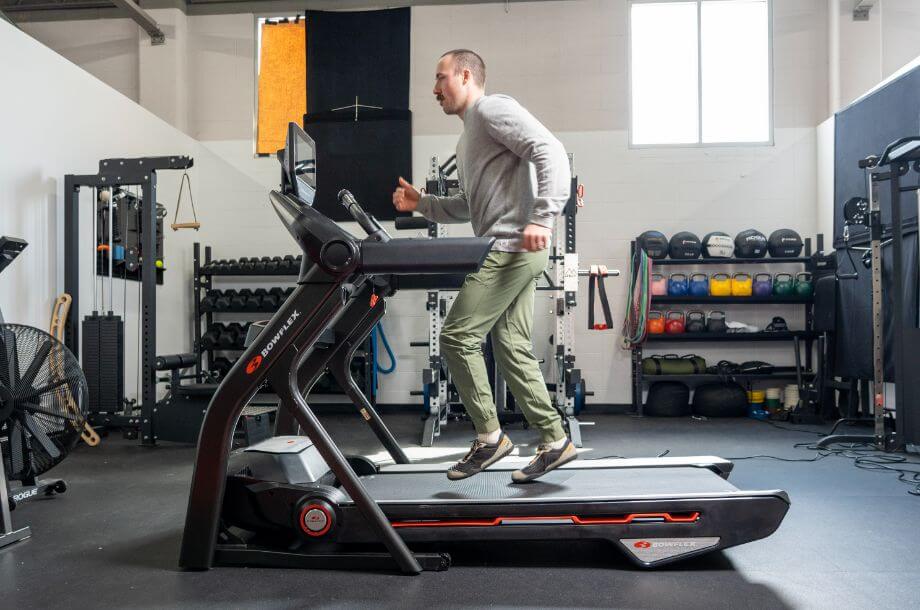
Key factors to consider when buying a treadmill for bad knees
When searching for a treadmill for bad knees, there are several key factors to keep in mind. These factors can greatly affect your overall comfort and safety during your workouts. Here are the most important factors to consider:
Shock absorbency
One of the most important features to look for in a treadmill for bad knees is shock absorbency. This refers to the treadmill's ability to cushion the impact on your joints as you walk or run. Look for treadmills with high-quality shock absorption systems that can effectively absorb and distribute the impact force, reducing the strain on your knees.
Adjustable incline
Another crucial factor to consider is the treadmill's incline settings. Incline training is highly beneficial for individuals with bad knees as it helps reduce the impact on your joints. Look for treadmills that have adjustable incline settings so you can gradually increase or decrease the incline based on your comfort level and workout goals.
Speed options
The speed settings on a treadmill can also play a role in knee health. It's important to choose a treadmill that offers a wide range of speed options, allowing you to find the right pace that suits your fitness level and protects your knees from unnecessary strain.
Treadmill width and length
Lastly, the size of the treadmill is an important consideration. Make sure to choose a treadmill with a suitable width and length, providing enough space for comfortable and safe movement. A treadmill that is too narrow or too short may lead to instability and increased risk of injury, especially for individuals with bad knees.
Exploring the Features of Top Treadmills for Bad Knees
Now that we understand the importance of selecting the right treadmill for bad knees, let's take a closer look at the key features to consider when exploring top treadmills in the market.
Shock absorbency
Treadmills that prioritize shock absorbency typically feature advanced cushioning systems that provide a soft landing surface to alleviate the impact on your knees. These systems often utilize specialized materials or technologies that absorb and disperse the force, reducing stress on your joints. Look for treadmills with built-in cushioning systems that offer excellent shock absorption for a comfortable and joint-friendly workout experience.
Adjustable incline
Adjustable incline settings are incredibly beneficial for individuals with bad knees. By adjusting the incline, you can control the intensity of your workouts and reduce the impact on your knees. Look for treadmills that offer a wide range of incline settings, including both positive and negative incline options. This way, you can choose the incline that best suits your fitness goals and knee comfort.
Speed options
Having a treadmill with a variety of speed options is important for individuals with bad knees. A treadmill with a wider range of speed settings allows you to find the perfect pace that is comfortable for your knees. Look for treadmills that offer both low and high speed options, so you can gradually increase or decrease your pace as needed.
Treadmill width and length
The size of the treadmill is another crucial factor to consider. Make sure to choose a treadmill with a width and length that provides enough space for comfortable movement. A wider treadmill will offer more stability, reducing the risk of knee strain or injury. Additionally, a longer treadmill will give you ample room to fully extend your stride, ensuring a more natural and comfortable walking or running experience.
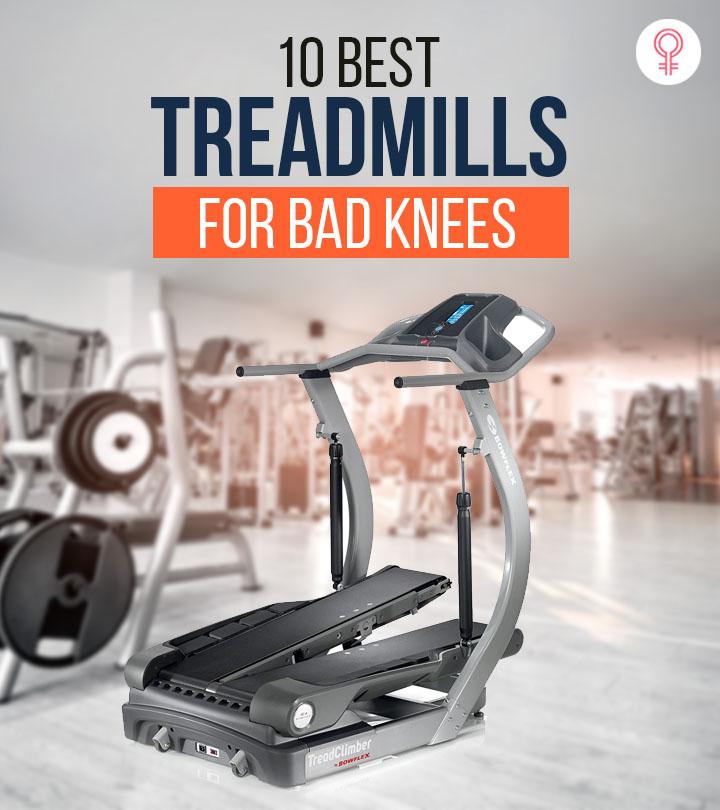
An In-Depth Look at Treadmill Cushioning Systems
Now that we have discussed the importance of shock absorbency in a treadmill for bad knees, let's delve deeper into the different types of treadmill cushioning systems and how they can help reduce knee impact.
Different types of treadmill cushioning
Treadmill manufacturers utilize various types of cushioning systems to provide optimal shock absorbency. Some common cushioning systems include:
Spring-based cushioning
Spring-based cushioning systems use strategically placed springs under the treadmill deck to absorb impact. These systems provide a responsive and bouncy feel, allowing for a more comfortable and joint-friendly workout.
Foam-based cushioning
Foam-based cushioning systems utilize layers of foam or other cushioning materials to absorb shock. These systems offer excellent impact reduction and can provide a softer landing surface for your knees.
Air-based cushioning
Air-based cushioning systems incorporate air-filled chambers or pockets within the treadmill deck to absorb impact. These systems allow for personalized cushioning by adjusting the air pressure to meet your specific comfort needs.
Hybrid cushioning
Some treadmills combine multiple cushioning technologies to provide the benefits of different systems. Hybrid cushioning systems often offer a balance between responsiveness and shock absorption, giving you the best of both worlds.
How proper cushioning helps in reducing knee impact
Proper cushioning plays a vital role in reducing knee impact during treadmill workouts. When you walk or run on a treadmill, the force generated with each step can significantly affect your knees. By investing in a treadmill with effective cushioning, you can minimize the impact force transmitted to your joints. This can help reduce knee pain, protect against potential injuries, and provide a more comfortable exercise experience overall.
Importance of adjustable cushioning systems
Adjustable cushioning systems take shock absorbency to the next level. These systems allow you to customize the level of cushioning according to your preference and individual needs. By being able to adjust the cushioning, you can find the perfect balance between support and responsiveness. This is especially beneficial for individuals with bad knees, as you can fine-tune the cushioning to provide the optimal level of protection for your knees.
Highlighting the Importance of Treadmill Incline for Bad Knees
While shock absorbency and cushioning are crucial factors to consider, the incline settings of a treadmill also play a significant role in protecting your knees. Let's take a closer look at how incline training can reduce knee impact and the ideal incline settings for individuals with bad knees.
How incline training reduces the impact on knees
Incline training involves adjusting the treadmill's incline to simulate walking or running uphill. This increases the intensity of your workout while reducing the impact on your knees. When you walk or run on an incline, your body weight is distributed differently, shifting the load away from your knees and onto your glutes and leg muscles. This can help alleviate knee pain and reduce the risk of injury.
Ideal incline settings for individuals with bad knees
The ideal incline setting for individuals with bad knees may vary depending on personal fitness levels and goals. However, a general guideline is to start with a low incline of around 1-2%. This slight incline can already make a significant difference in reducing knee impact. As you gradually build strength and endurance, you can increase the incline to further challenge yourself while still minimizing the strain on your knees. Always listen to your body and adjust the incline according to your comfort level.
Incline vs. flat walking: Which is more beneficial?
Comparing incline walking to flat walking, both have their own benefits for individuals with bad knees. Flat walking helps maintain a more natural stride and can be gentler on the joints, making it suitable for individuals who are just starting or have extremely sensitive knees. On the other hand, incline walking provides a greater cardiovascular challenge and targets different muscle groups, helping strengthen the lower body and further reduce knee impact. The key is to find the right balance between incline and flat walking that suits your individual needs and fitness goals.
Understanding Speed Settings for Treadmills and Bad Knees
In addition to shock absorbency and incline settings, speed settings on a treadmill also require careful consideration when it comes to protecting your knees. Let's explore why paying attention to speed settings is crucial and what the ideal treadmill speeds are for individuals with bad knees.
Why you need to pay attention to speed settings
Speed settings are important to pay attention to because walking or running at excessive speeds can put unnecessary strain on your knees. Pushing yourself too hard or going faster than your body can handle may lead to knee pain, discomfort, or even injury. It's essential to choose a treadmill that offers a range of speed options so you can find the right pace that allows you to exercise comfortably and without causing additional stress on your knees.
Ideal treadmill speeds for individuals with bad knees
The ideal treadmill speeds for individuals with bad knees vary based on personal fitness levels and capabilities. As a general guideline, it is recommended to start at a comfortable walking speed, typically around 2-3 miles per hour. Walking at this moderate pace helps warm up your muscles and joints without putting excessive strain on your knees. As you gain strength and endurance, you can gradually increase the speed as long as it remains comfortable for your knees. Remember, it's always important to listen to your body and not push yourself beyond your limits.
Maintaining Your Treadmill for Optimal Performance
To ensure that your treadmill continues to provide optimal performance and functionality, it's essential to give it proper maintenance. Regular maintenance will not only extend the lifespan of your treadmill but also keep it safe and efficient to use. Here are some basic maintenance tips to keep your treadmill in top condition:
Basic maintenance tips for your treadmill
- Regularly clean the treadmill to remove dust, dirt, and sweat that can accumulate over time. Use a soft cloth or sponge dampened with mild soap and water to wipe down the surfaces, including the console, handles, and deck.
- Lubricate the treadmill belt according to the manufacturer's instructions. This helps reduce friction and ensures smooth operation. Check the user manual or contact the manufacturer for the recommended lubricant and application frequency.
- Keep the surrounding area of your treadmill clean and free from clutter. This prevents any obstacles from interfering with the treadmill's operation and reduces the risk of accidents or injuries.
- Check the treadmill's hardware and components regularly for any signs of wear or damage. Tighten any loose bolts or screws, and replace any worn-out parts promptly to avoid further issues.
- Follow the recommended electrical guidelines and ensure that your treadmill is properly plugged into a surge protector or grounded outlet. This protects the treadmill's electronic components from power surges and electrical damage.
How to properly clean your treadmill
Cleaning your treadmill is an essential part of its maintenance routine. Here's a step-by-step guide on how to properly clean your treadmill:
- Turn off and unplug the treadmill to ensure your safety during the cleaning process.
- Use a dry cloth or brush to remove any loose dirt or debris from the treadmill's surfaces.
- Prepare a mixture of mild soap and water in a bucket or spray bottle.
- Dampen a soft cloth or sponge with the soapy water and gently clean the console, handles, and other surfaces. Avoid saturating the cloth or sponge with excessive water to prevent moisture from seeping into the treadmill's electrical components.
- Wipe down all the cleaned surfaces with a dry cloth to remove any excess moisture.
- If your treadmill has a belt, check the manufacturer's instructions for specific cleaning recommendations. Some treadmills may require periodic belt lubrication to maintain smooth operation.
- Once the treadmill is completely dry, plug it back in and turn it on to ensure everything is in proper working order.
When to call a professional for treadmill maintenance
While regular maintenance can be performed by treadmill owners, there may be instances where professional maintenance is necessary. Here are some signs that indicate it's time to call a professional for treadmill maintenance:
- Unusual noises or vibrations during operation that persist even after basic troubleshooting.
- Major components, such as the motor or belt, are not functioning properly or have visible damage.
- Electrical issues, such as power interruptions or unusual fluctuations in speed or incline settings.
Remember, it's always better to seek professional help if you are uncertain or uncomfortable about performing maintenance tasks yourself. They have the expertise and knowledge to diagnose and address treadmill issues effectively.
Important Tips for Using Treadmills with Bad Knees
Now that you have a good understanding of how to select the right treadmill for bad knees and maintain its optimal performance, let's discuss some important tips for using treadmills with bad knees.
Warming up before using the treadmill
Warming up before exercising is crucial, especially for individuals with bad knees. Before hopping onto the treadmill, take a few minutes to perform dynamic stretching exercises that target the leg muscles and joints. This helps increase blood flow, loosen up your joints, and prepare your body for the upcoming workout. Warm-up exercises such as leg swings, walking lunges, and hip circles can help alleviate knee stiffness and reduce the risk of injury.
Setting the proper pace and incline
When using a treadmill with bad knees, it's essential to set the proper pace and incline that suit your fitness level and knee comfort. Start at a slow and comfortable walking pace, gradually increasing the speed as you feel more confident and comfortable. Don't push yourself too hard or exceed your limits, as this can lead to excessive strain on your knees. Similarly, when adjusting the incline, ensure that it is challenging yet manageable. Listen to your body and make adjustments based on your comfort level.
Using the safety features of the treadmill
Treadmills come equipped with various safety features to ensure your well-being during workouts. Familiarize yourself with these features and use them as necessary. Most treadmills have an emergency stop button or safety clip that can immediately halt the treadmill's movement. Attach the safety clip to your clothing before starting your workout, so if you accidentally drift back or lose balance, the treadmill will automatically stop.
Additionally, make sure the treadmill's handrails are within easy reach if you need extra support or stability while walking or running. Grip the handrails lightly for balance, but avoid relying too heavily on them, as it can alter your natural stride and potentially strain your knees.
Understanding the Importance of Strengthening Exercises for Bad Knees
Incorporating strengthening exercises into your fitness routine is incredibly beneficial for individuals with bad knees. These exercises help improve muscle strength and joint stability, reducing knee pain and preventing further injury. Let's take a look at some of the best stretching exercises and strength-building workouts that can enhance knee health.
Best stretching exercises for before and after treadmill use
Stretching is essential before and after using the treadmill as it helps warm up your muscles, increases flexibility, and reduces the risk of injury. Here are some excellent stretching exercises for your knees:
- Quad stretch - Stand upright, holding onto a stable surface for balance. Bend one knee and bring your heel towards your glutes, grabbing your foot with your hand. Hold the stretch for 20-30 seconds, then switch sides.
- Hamstring stretch - Sit on the edge of a chair or bench with one leg extended in front of you. Keep your back straight and gently lean forward, reaching for your toes. Hold the stretch for 20-30 seconds, then repeat with the other leg.
- Calf stretch - Stand facing a wall with your hands placed against it at shoulder height. Take a step back with one leg, keeping it straight. Lean forward, feeling a stretch in your calf muscle. Hold for 20-30 seconds, then switch sides.
- IT band stretch - Stand upright, crossing one leg behind the other. Lean to the side opposite to the crossed leg until you feel a stretch along the outer thigh. Hold for 20-30 seconds, then repeat on the other side.
Strength-building workouts that can enhance knee health
In addition to stretching exercises, incorporating strength-building workouts into your routine can greatly enhance knee health. Here are some workouts that target the muscles supporting the knees:
- Leg press - Use a leg press machine or resistance bands to strengthen the quadriceps, hamstrings, and glutes. Start with lighter weights or resistance and gradually increase as your strength improves. Perform 2-3 sets of 8-12 reps.
- Step-ups - Stand facing a sturdy platform or step. Step onto the platform with one leg, pushing through your heel, and fully extend your knee and hip. Step back down, alternating legs. Aim for 2-3 sets of 10-12 reps on each leg.
- Wall sits - Stand with your back against a wall and lower yourself into a seated position as if sitting in an imaginary chair. Hold the wall sit for 30-60 seconds, gradually increasing the duration as you get stronger. Repeat for 2-3 sets.
- Glute bridges - Lie on your back with your knees bent and feet flat on the floor. Engage your glute muscles and lift your hips off the ground, forming a straight line from your knees to your shoulders. Squeeze your glutes at the top and slowly lower back down. Aim for 2-3 sets of 10-12 reps.
Incorporating these stretching exercises and strength-building workouts into your fitness routine can help improve knee stability, reduce knee pain, and enhance overall knee health.
Conclusion
In conclusion, selecting the right treadmill for bad knees is crucial for minimizing knee impact and ensuring a comfortable and effective workout experience. Consider factors such as shock absorbency, adjustable incline, speed options, and treadmill width and length when making your purchase. Explore top treadmills that prioritize features for individuals with bad knees and read customer reviews to help inform your decision.
Remember to properly maintain your treadmill to ensure optimal performance and longevity. Regular cleaning, lubrication when necessary, and prompt attention to any signs of wear or damage are essential. Utilize the safety features of your treadmill, warm up properly, and set the pace, incline, and other settings according to your comfort level and knee health.
Incorporate stretching exercises before and after treadmill use, as well as strength-building workouts that target the muscles supporting your knees. By doing so, you can enhance knee health, reduce knee pain, and enjoy a more fulfilling and pain-free exercise routine. Ultimately, investing in the right treadmill and practicing good knee care habits will promote your overall well-being and support your journey to a healthier lifestyle.
